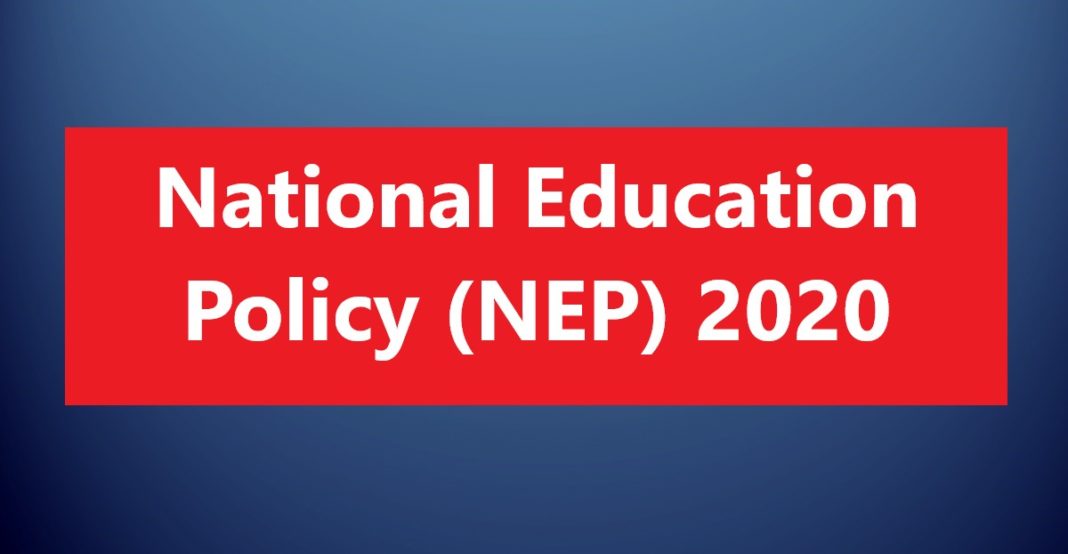Everything you need to know about the new National Education Policy 2020, announced by the Union Cabinet.
The Union Cabinet announced the New Education Policy yesterday and has also given the approval to change the name of the Ministry of Human Resource Development to the Ministry of education. The approved National Education Policy 2020, brings major changes to the education system, which, we will learn about as we go further in this article.
“As for 34 years there were no changes in the education policy and the cabinet under Prime Minister Narendra Modi has given approval to new education policy for the 21stcentury. “Said Union Minister Prakash Javadekar. The announced policy brings various structural changes in primary, secondary, and higher education systems.
Key points from the NEP 2020:
School Education:
Universal Access: Access to all, the policy offers access to school education at all levels, meaning from Preschool to Secondary.
- Early childhood care and education: The 10+2 model is going to be replaced by a 5+3+3+4 model for ages 3-8, 8-11, 11-14, and 14-18 years respectively. The new system will have 12 years of schooling with three years of pre-schooling (Anganwadi).
- Multilingualism and the power of language: The medium of instruction till Grade 5 must be regional language i.e., mother tongue. But the center is hoping that it would be preferable if this is followed till 8th Grade and further. Sanskrit to be offered, no language will be imposed on any student and also foreign languages to be offered at the secondary school level.
- Reduction in curricular content to improve critical thinking, students will have increased flexibility and choice of subjects. No harsh separations between arts and sciences, between curricular and extra-curricular activities, and also between vocational and academic streams.
- Board exams for Grades 10 and 12 to be continued as usual. A new National Assessment Centre PARAKH (Performance assessment, Review, and Analysis of Knowledge for Holistic development), will be set up as a standard-setting body.
- Gender inclusion fund and special education zones for disadvantaged regions. Special care for children with disabilities.
Higher Education:
The policy aims to increase the gross enrolment ratio to 50% by 2035. Vocational from 26.3% to 50%.
- Holistic multidisciplinary education, which offers flexible curricula, and a creative combination of subjects. Multiple entries and exit options.
- For example, UG can be 3 or 4 years with multiple exit options, that means if a student decides to exit after completing 1 year then he is awarded by a certificate, if he chooses to exit after 2 years then Advanced Diploma is given, similarly, exiting after 3 years gives the student a bachelor’s degree and exiting the course after 4 years earns him a bachelor’s with a research degree.
- Excluding Medical and Legal education, the Higher Education Commission of India (HECI) will act as the board for Higher Education.
- The national scholarship portal will now expand its services to support, foster, and track the progress of students who are receiving scholarships.
- Few other implementations by this policy include Open and Distance Learning, Online and Digital Education, Promotion of Indian Languages, and Professional Education.
-Kalyan (FrontlinesMedia)



